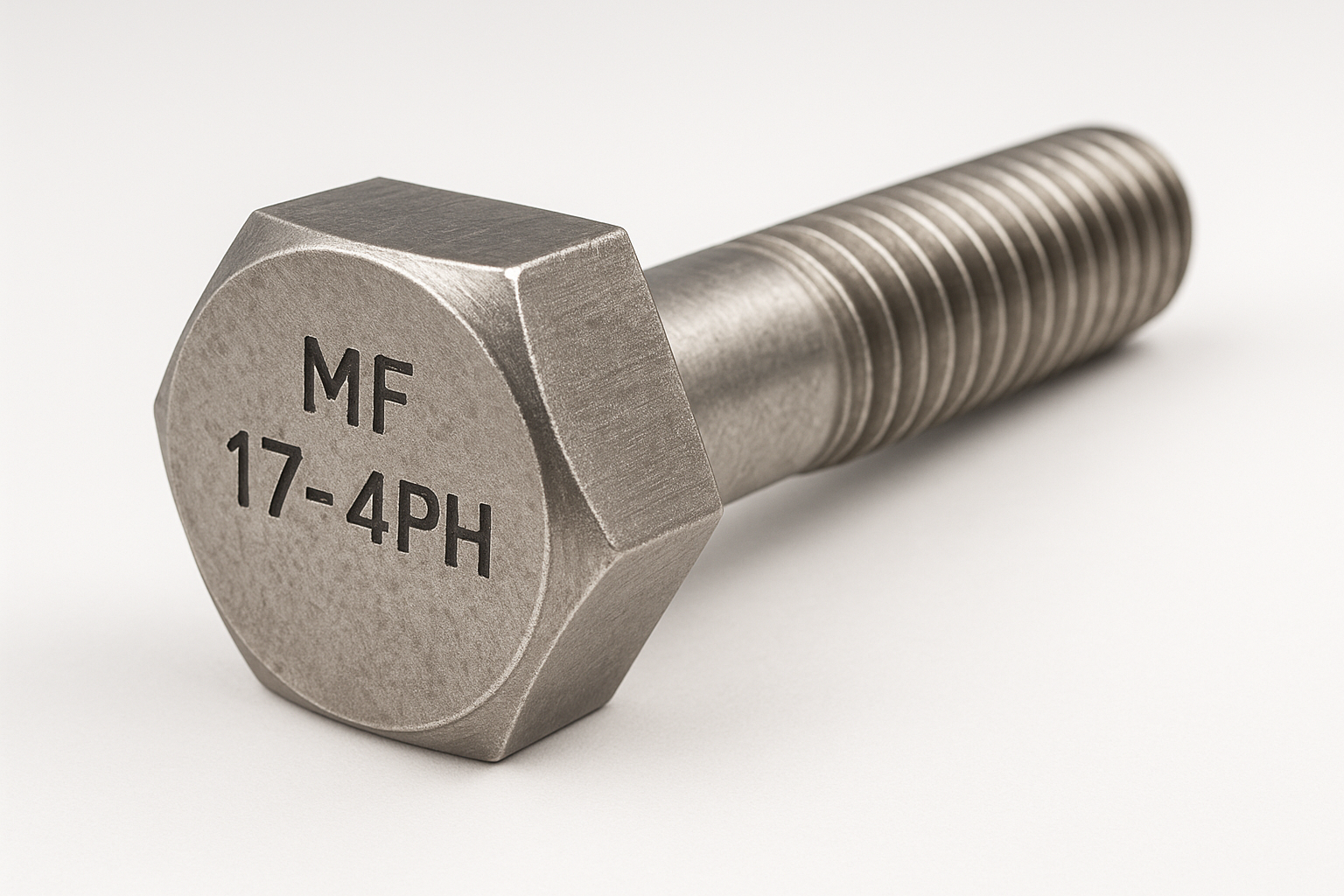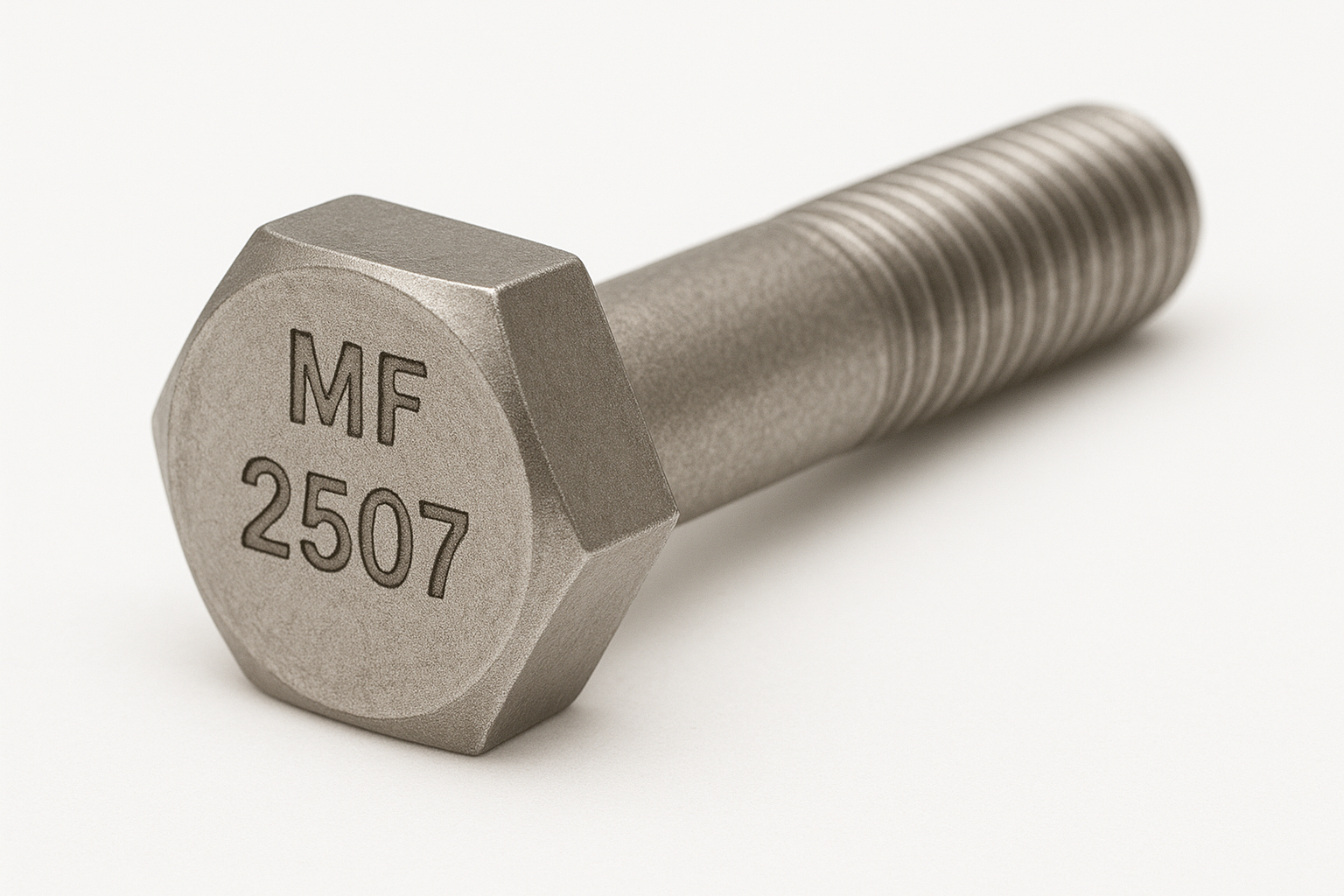Corrosion resistance classes of stainless steels
European standard EN 1993-1-4 defines the corrosion resistance classes of stainless steels to ensure structural integrity in various environments. The standard classifies stainless steels into different classes based on their resistance to atmospheric and aqueous corrosion.
- Class 1 (CR Class 1): this class includes stainless steels with limited corrosion resistance, typically used in internal applications or environments with low corrosion risk.
Examples include ferritic and martensitic stainless steels such as 1.4003 (X2CrNi12) and 1.4016 (X6Cr17). - Class 2 (CR Class 2): steels in this class offer moderate corrosion resistance and are suitable for rural and urban environments with low levels of pollution.
Common grades include austenitic stainless steels such as 1.4301 (X5CrNi18-10) and 1.4307 (X2CrNi18-9). - Class 3 (CR Class 3): stainless steels in this class provide high corrosion resistance and are used in more aggressive environments, such as industrial atmospheres or coastal areas with moderate chloride exposure.
Typical grades are 1.4401 (X5CrNiMo17-12-2) and 1.4404 (X2CrNiMo17-12-2). - Class 4 (CR Class 4): these steels offer very high corrosion resistance and are suitable for highly corrosive environments, including marine atmospheres and chloride-laden environments.
Examples include 1.4432 (X2CrNiMo17-12-3) and 1.4435 (X2CrNiMo18-14-3). - Class 5 (CR Class 5): this highest class includes stainless steels with exceptional corrosion resistance, used in extremely aggressive environments such as exposure to seawater or chemical treatment plants. Super austenitic and duplex stainless steels such as 1.4547 (X1CrNiMoCuN20-18-7) and 1.4462 (X2CrNiMoN22-5-3) fall into this category.
Application examples:
- Class 1 and 2: Structural components in indoor, low-risk outdoor applications.
- Class 3: Urban infrastructure, moderate industrial environments.
- Class 4: Coastal infrastructure, industrial applications with moderate exposure to chloride.
- Class 5: Marine facilities, chemical processing equipment, highly corrosive industrial environments.
In summary, EN 1993-1-4 provides a systematic classification to guide the selection of stainless steels based on their corrosion resistance, ensuring durability and safety under varying environmental conditions.
List of materials:
CRC corrosion resistance classes |
||||
I(CRF=1) |
II(CRF -7 to 0) |
III(CRF -7 to -15) |
IV(CRF -15 to -20) |
V(CRF <-20) |
| 1.4003 | 1.4301 | 1.4401 | 1.4439 | 1.4565 |
| 1.4016 | 1.4307 | 1.4404 | 1.4539 | 1.4529 |
| 1.4512 | 1.4311 | 1.4435 | 1.4462 | 1.4547 |
| 1.4541 | 1.4571 | 1.4410 | ||
| 1.4318 | 1.4429 | 1.4501 | ||
| 1.4306 | 1.4432 | 1.4507 | ||
| 1.4567 | 1.4578 | |||
| 1.4482 | 1.4662 | |||
| 1.4362 | ||||
| 1.4062 | ||||
| 1.4162 | ||||
Material family according to colors:
| Ferritic |
| Austenitics |
| Lean Duplex |
| Super Austenitics |
| Austenitics + Mo |
| Duplex/superduplex |


